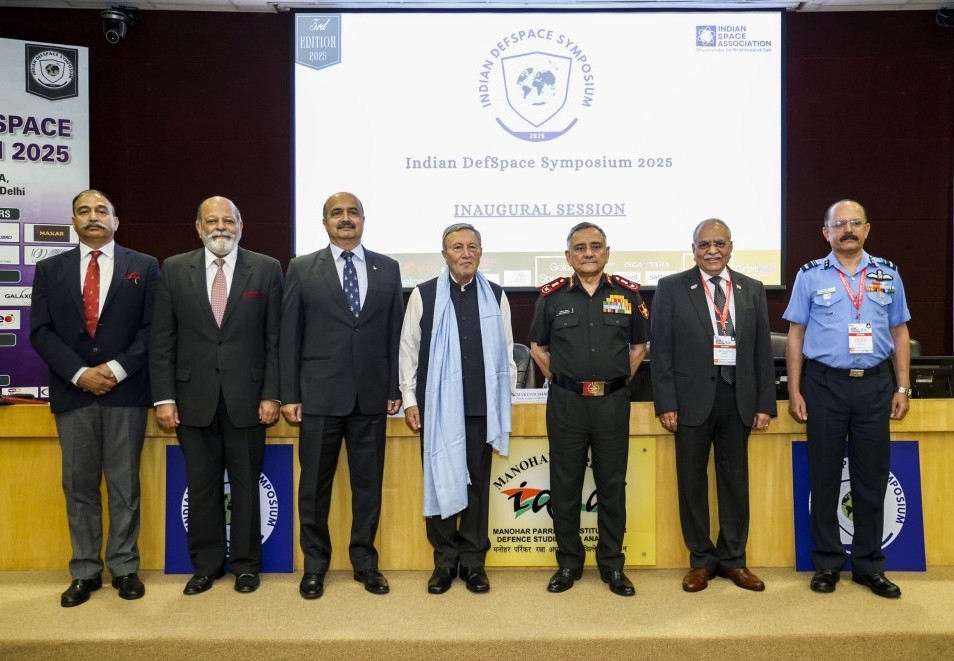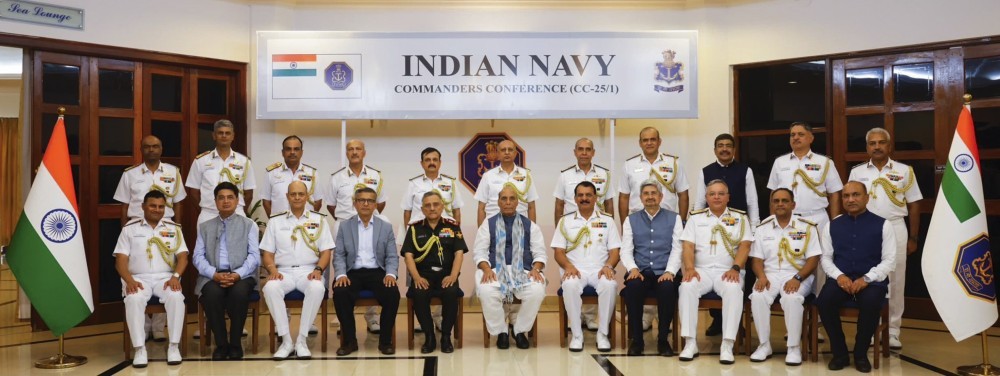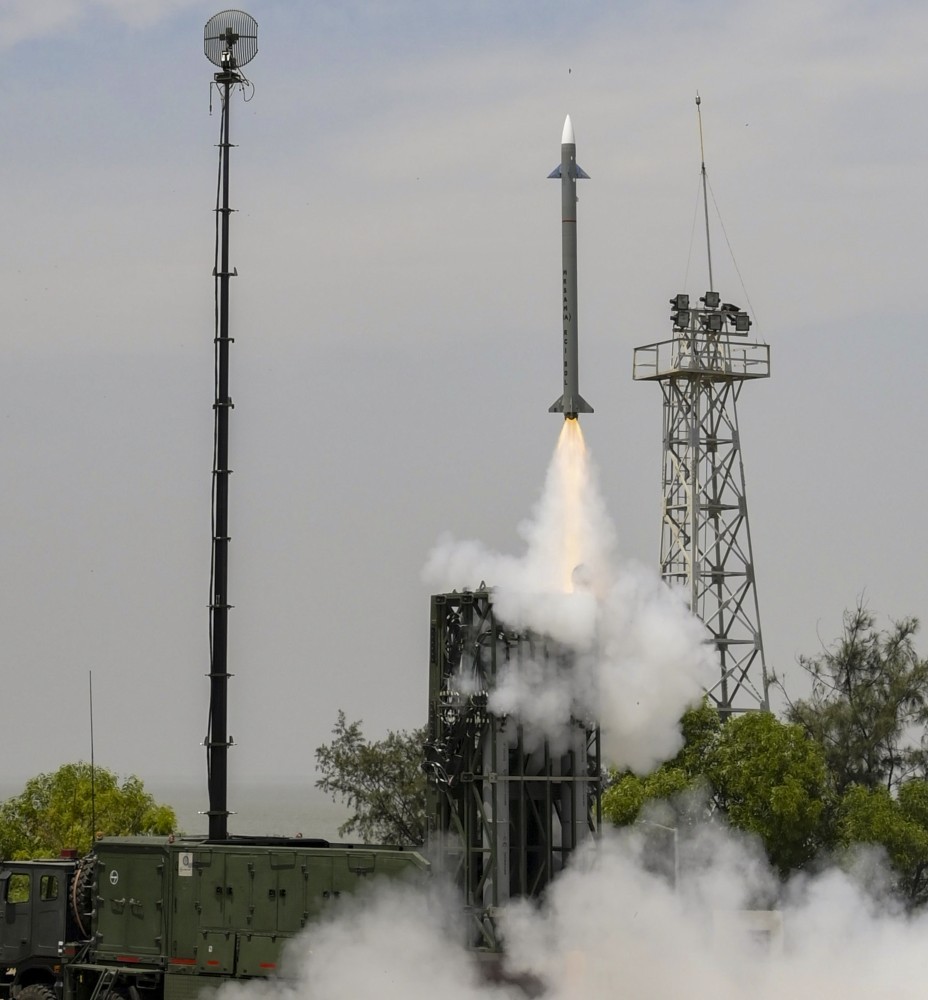
This image shows two spiral galaxies. The red spiral galaxy (left) has a bar, while the blue one has no bar. An RAS photo
LONDON (BNS): The linear structure of stars crossing the centre of some spiral galaxies, also called ‘bars’, could be killing off such galaxies, a team of international astronomers has found.
Galaxies, which are home to an overwhelming majority of stars found in the Universe, vary in shape. While some of them take the elliptical form, others are spiral with their arms winding out in a disk from a central bulge.
About half of these spiral galaxies have a bar – a linear structure of stars crossing the centre.
According to astronomers, these bars are important for the evolution of galaxies as they provide a way to move material in and out in the disk and possibly help to spark star formation in the central regions. They may even help feed the central massive black hole that seems to be present in almost all galaxies.
However, it is yet to be understood why some galaxies have bars and others do not.
The new research, led by Dr Karen Masters of the Institute of Cosmology and Gravitation at the University of Portsmouth, has analysed data provided by volunteers taking part in the ‘Galaxy Zoo 2’ project where over 300000 participants have provided over 60 million classifications – thereby making the data the largest and most detailed census of the galaxy population made to date.
This data gives insight into two types of spiral galaxies having bars – red and blue, showing that red spirals are about twice as likely to host bars as blue spirals.
“These colours are significant. Blue galaxies get their hue from the hot young stars they contain, implying that they are forming stars in large numbers. In red galaxies, this star formation has stopped, leaving behind the cooler, long-lived stars that give them their red colour,” say the researchers.
Thus, they conclude that bars might help to kill spiral galaxies, although how they do it remains a mystery.
And since our Milky Way galaxy has a bar too, this discovery may be telling us something about its future.
The researchers present their results in the journal Monthly Notices of the Royal Astronomical Society.
 Previous Article
Previous Article













The Indian Air Force, in its flight trials evaluation report submitted before the Defence Ministry l..
view articleAn insight into the Medium Multi-Role Combat Aircraft competition...
view articleSky enthusiasts can now spot the International Space Station (ISS) commanded by Indian-American astr..
view article